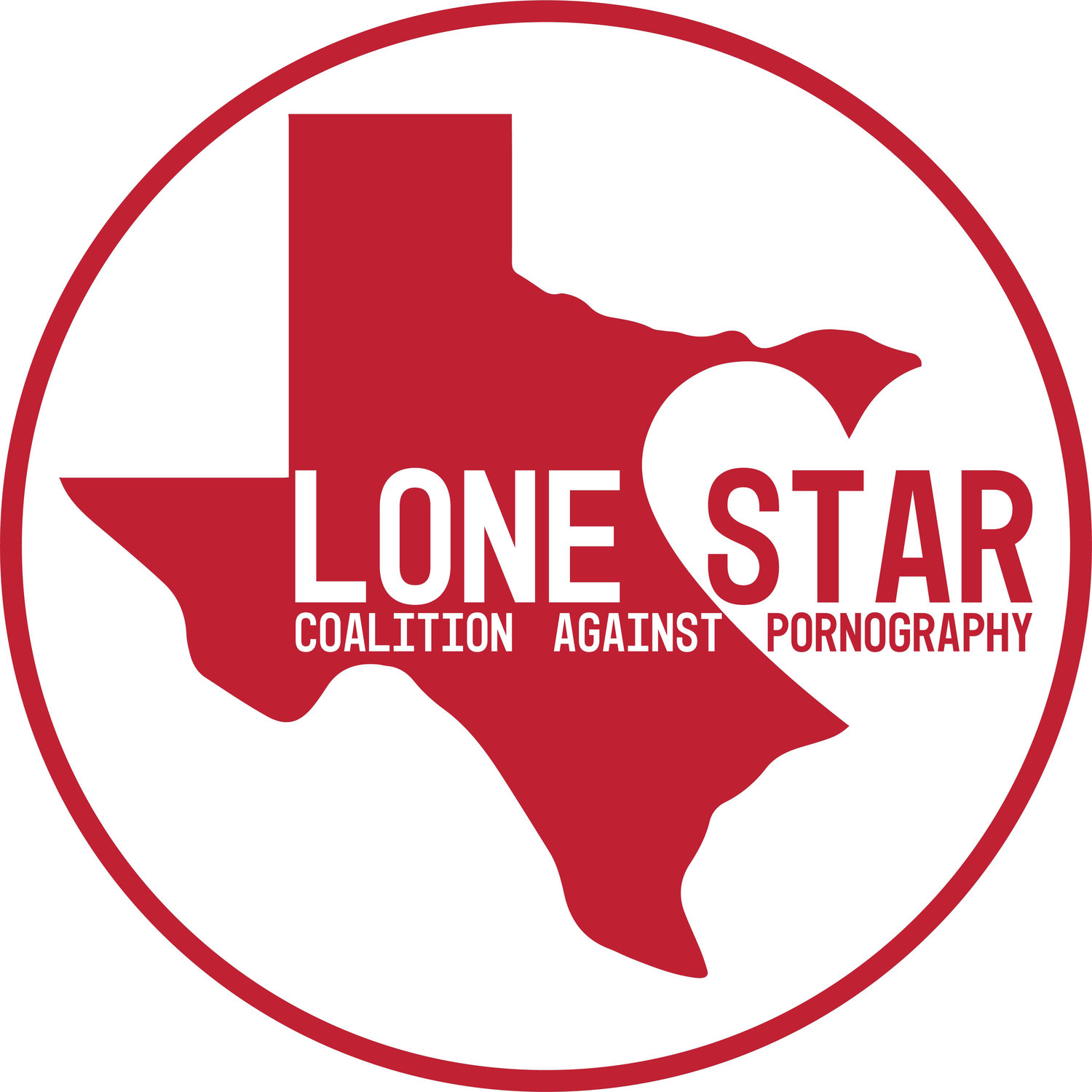Photo by Toimetaja tõlkebüroo on Unsplash
By Jody VanDrimmelen, LCSW, MSW
When trying to determine if pornography is an issue that may need clinical intervention, it may be helpful to understand how clinicians define addiction. While there is no diagnosis of “substance addiction” in the DSM-V, the clinical diagnostic manual used by clinicians, there is a definition of a “substance use disorder.”
Before this diagnosis can be assigned to a client, two or more of the following symptoms must be present for a minimum of 12 months:
regularly consuming larger amounts of a substance than intended or for a longer amount of time than planned
often attempting to or expressing a wish to moderate the intake of a substance without reducing consumption
spending long periods trying to get hold of a substance, use it, or recover from use, craving the substance, or expressing a strong desire to use it
failing to fulfill professional, educational, and family obligations
regularly using a substance in spite of any social, emotional, or personal issues it may be causing or making worse
giving up pastimes, passions, or social activities as a result of substance use
consuming the substance in places or situations that could cause physical injury
continuing to consume a substance despite being aware of any physical or psychological harm it is likely to have caused
increased tolerance, meaning that a person must consume more of the substance to achieve intoxication
withdrawal symptoms, or a physical response to not consuming the substance that is different for varying substances but might include sweating, shaking and nausea
The number of criteria a person demonstrates defines the severity of the dependence:
2-3 indicate a mild addiction
4-5 indicate a moderate addiction
6 or more indicate a severe addition
When assessing a client for a pornography addiction, a clinician can use similar criteria to diagnose a person with a pornography use disorder. Using this model, porn addiction symptoms may include the following:
using pornography in greater amounts over longer periods of time than intended
trying to stop using porn and not being able to stop
difficulty controlling porn use
using porn in situations that impose physical dangers
continuing to use pornography despite negative effect on relationships and work
To get more information and resources to help those you care about find the help and healing they need, we invite you to attend the next LoneSTAR Coalition Against Pornography Conference:
“Porn is a human issue—deep in the heart of Texas”
October 19, 2019 9am-2pm
Collin County Community College @ Spring Creek Campus, Plano, TX
Jody VanDrimmelen has a Master’s degree in Social Work and is a Licensed Clinical Social Worker. She has a private practice working as a Child and Family Therapist in Arlington and Plano. Shortly after opening her private practice in 2012 she found many of her clients and their families were being destroyed by pornography addiction. She has helped with the LCAP conferences in Dallas the past 3 years and continues to work to educate the community and work to restore families affected by pornography addiction.

